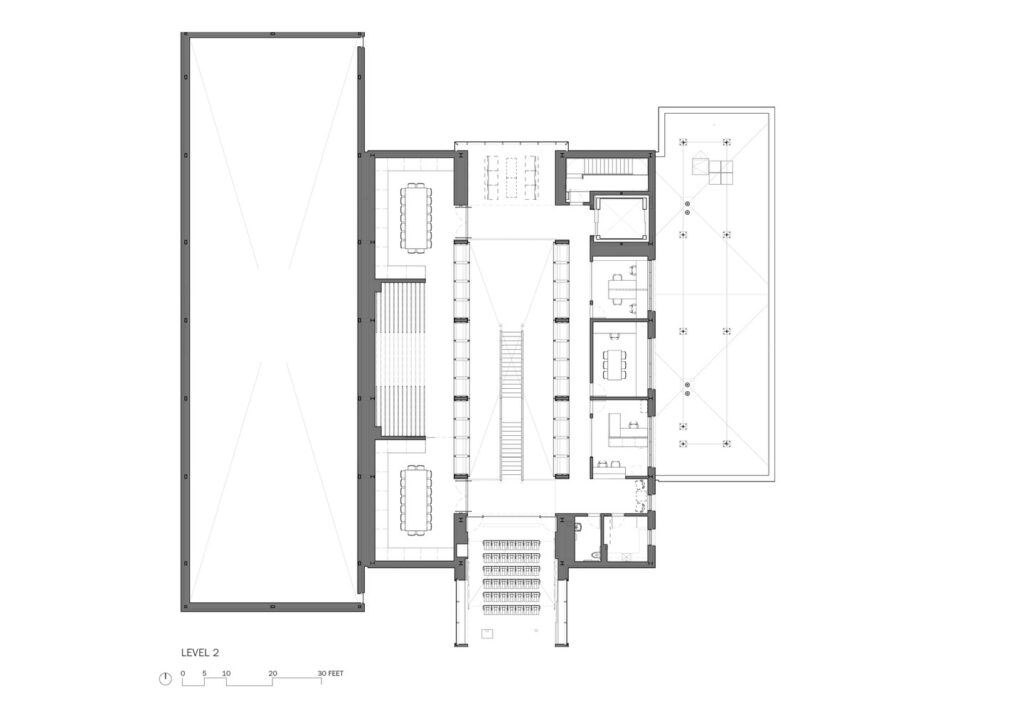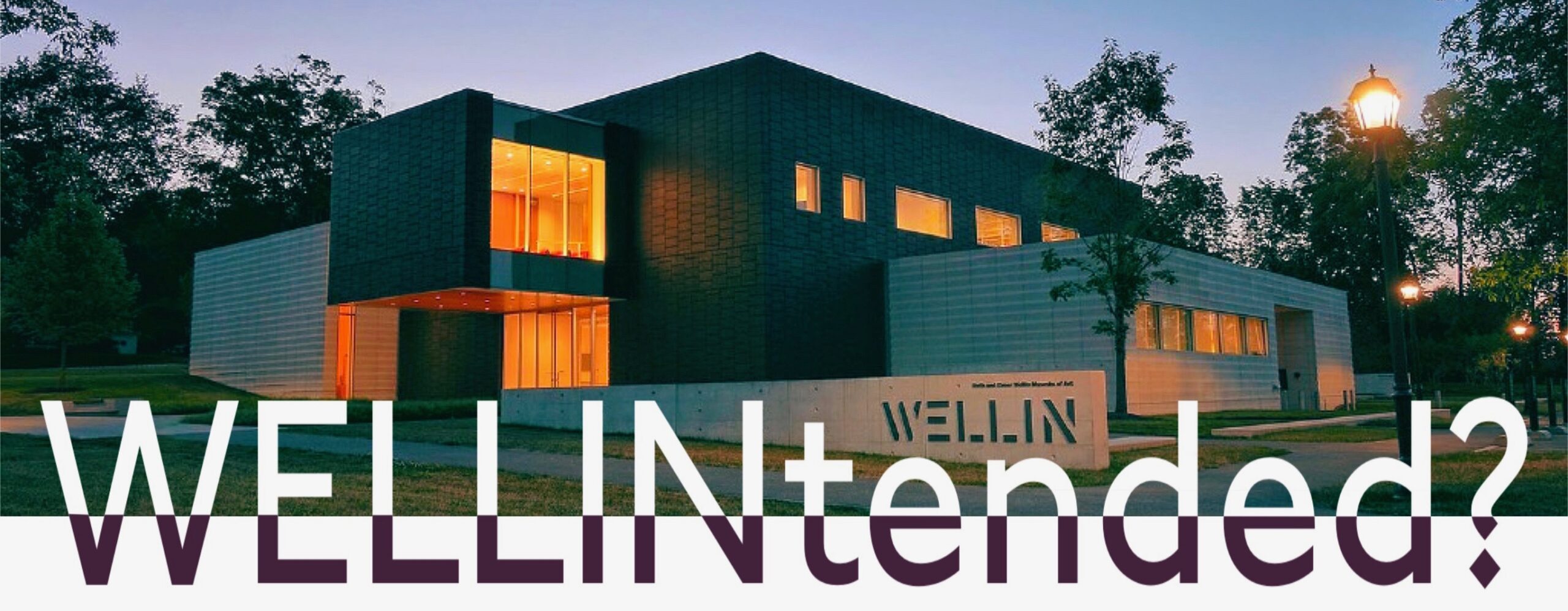
Exploring The WELLIN As a Teaching Museum
By Mia Horvath and Dani bernstein
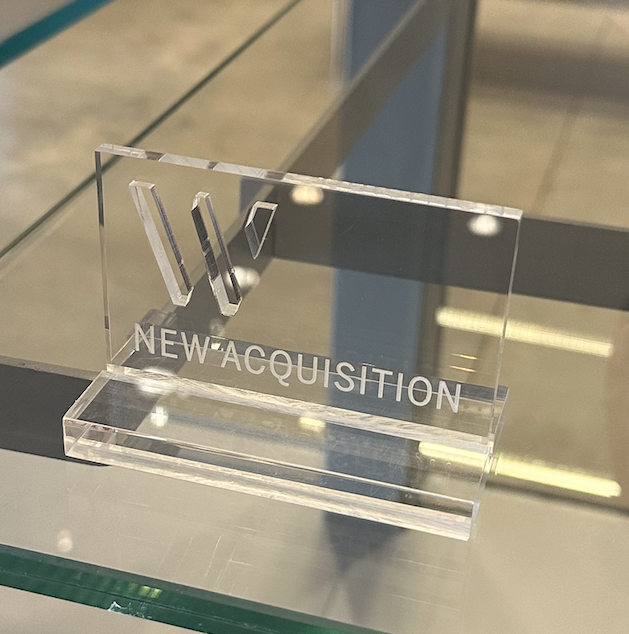
Click Play!
May 11, 2023
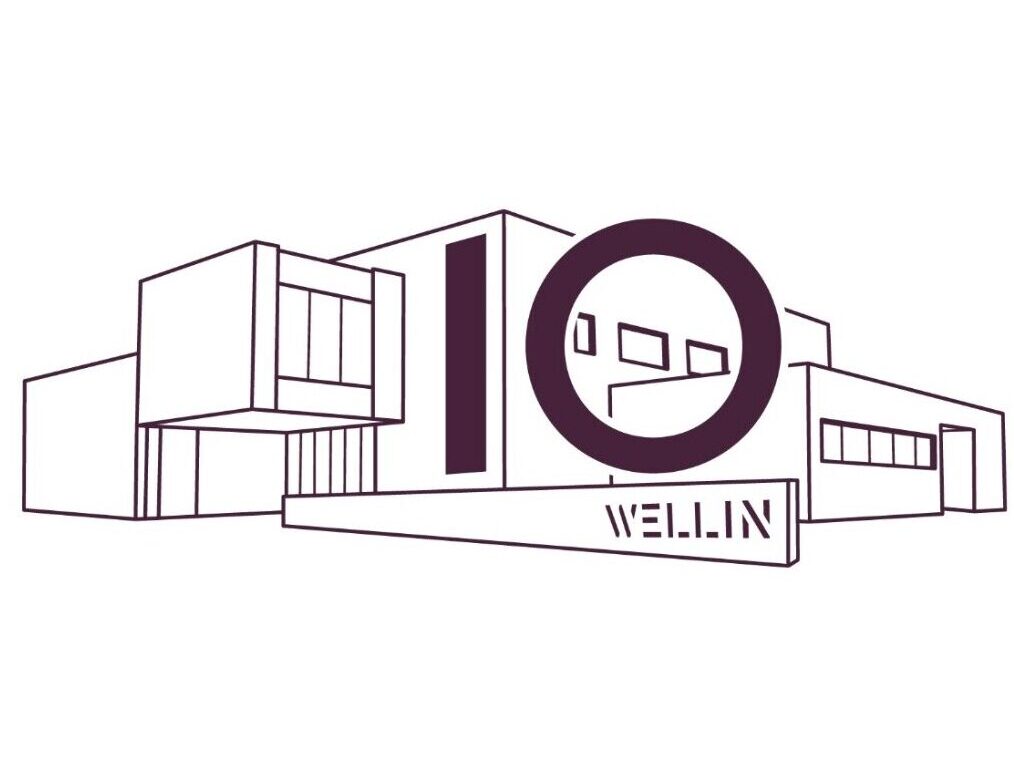
I think that even the idea of a teaching museum is somewhat novel… Honestly, we need to do a better job of showcasing that.
Alexander Jarman, Assistant Curator of Exhibitions and Academic Outreach, 2023
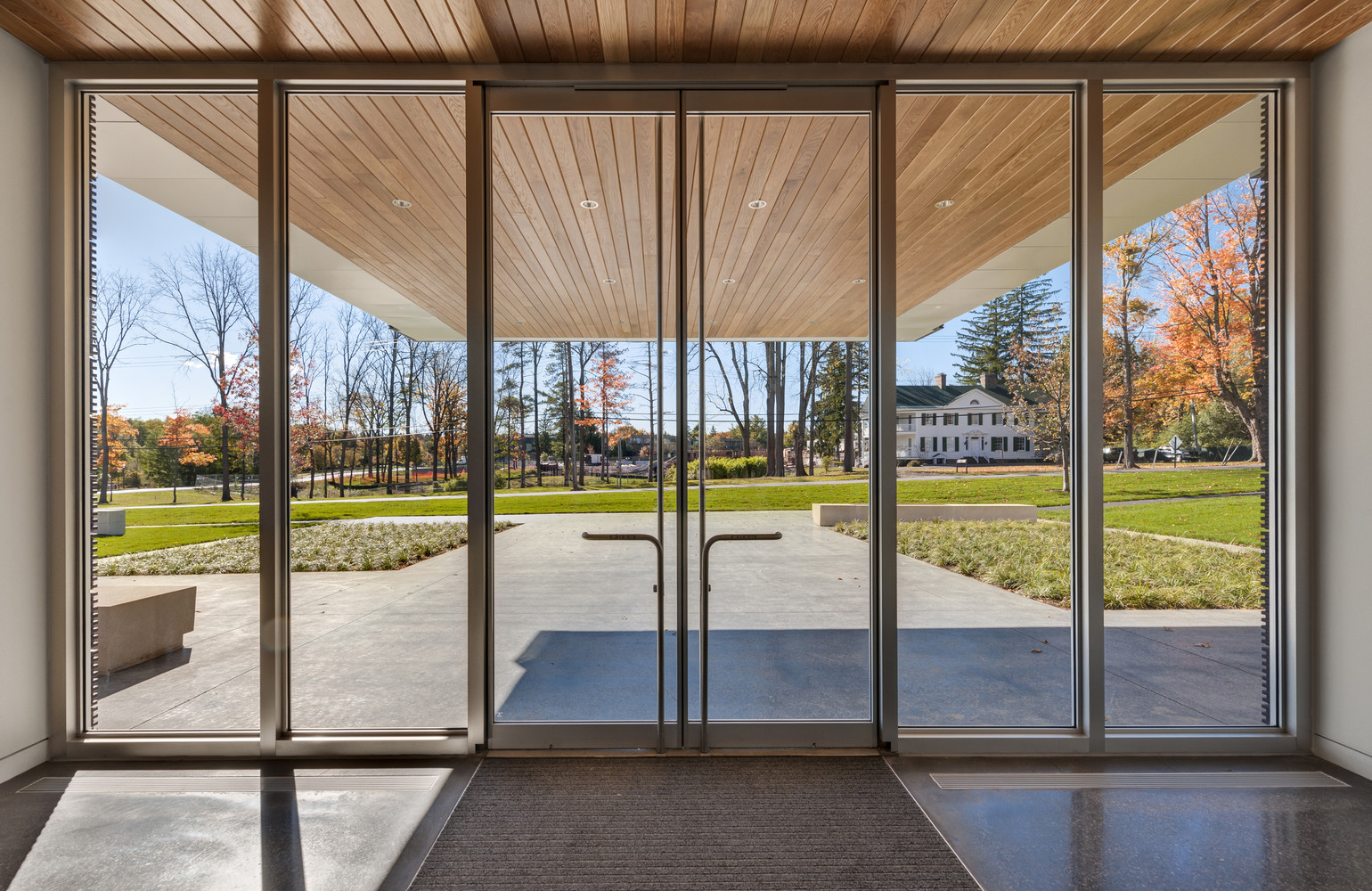
(WELL IN)tended Teaching Museum Practices
The Ruth and Elmer Wellin Museum of art is a teaching museum located on the campus of Hamilton College. Established in 2012, the museum is holding its ten-year anniversary show, Dialogues Across Disciplines. The museum puts on several shows annually and houses a collection of over 7,000 objects.
The Wellin sits on College Hill Road, directly across the pond from Hamilton’s Art and Art History buildings. Its role as a teaching museum on campus connects programming to the campus community. The museum intends to foster personal relationships with the collection and enabling a deeper connection to artistic and creative practice. However, the road and pond create a physical barrier between spaces for art making/ learning and display.
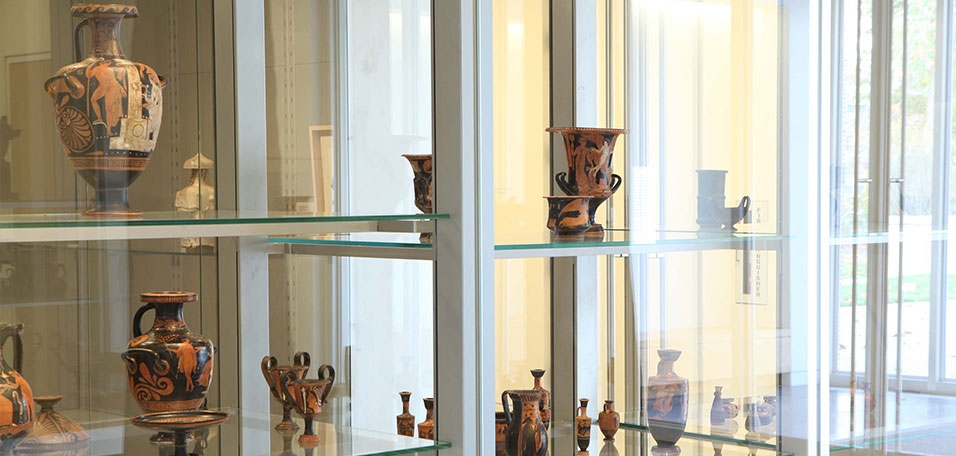
The museum’s architecture is impressive but hinders its function as a teaching entity. The Wellin falls short in terms of physical accessibility, and we aren’t convinced it lives up to the hope of creating a safe, welcoming, and creative space for people to learn from artworks. Despite efforts to challenge traditional museum conceptions, the Wellin’s architecture fosters Eurocentric interactions with the collection. Artworks in the Object Study Gallery in the central atrium of the museum are housed in glass vitrines. These displays prevent the visitor from fully interacting with the object by limiting the engagement through prescribed viewing. The Wellin’s environment creates a uniformity that separates the object from both the visitor and its cultural and historical contexts.

Limiting diverse experiences and a lack of clear communication both in and out of exhibition spaces reduce the museum’s effectiveness as a teaching entity. These perspectives prioritize the commodification of a final art object over engagement with the creative process. Visiting artist Donté K. Hayes spoke with us about how he feels the presentation of his artwork Protector in Dialogues Across Disciplines may have limited the visitor’s engagement with his work.

The museum’s architecture also limits its programming and ability to connect with the campus community. Learning spaces are rigid and lack the infrastructure to support creation in wet materials. Exhibition spaces are additionally separated from these learning spaces by the division of the first and second floors. Art displayed in this Western way often functions to reinforce dominant cultural narratives and structures of power. It can also result in the marginalization and erasure of underrepresented communities. The ability to teach through art is therefore severely impacted by this form of display.
The future of museum practice seems to be moving slowly away from rigid Eurocentric modes of viewing. Many museums are engaging with teaching practices by creating spaces that highlight new methods of interacting with art. These spaces are focused on creativity, comfortability, and accessibility, and the architecture facilitates more inclusive learning.
In researching the Wellin’s function as a teaching museum, we caught wind of a potential architectural redesign in the works. While planning is still in preliminary phases, we feel that rethinking the Wellin’s spaces could enable the museum to better connect with the campus community. Building safe and creative spaces takes time and will necessitate more student involvement in the museum. We feel resources towards a proposed redesign should address the museum’s learning practices and support student and communal creation and learning.
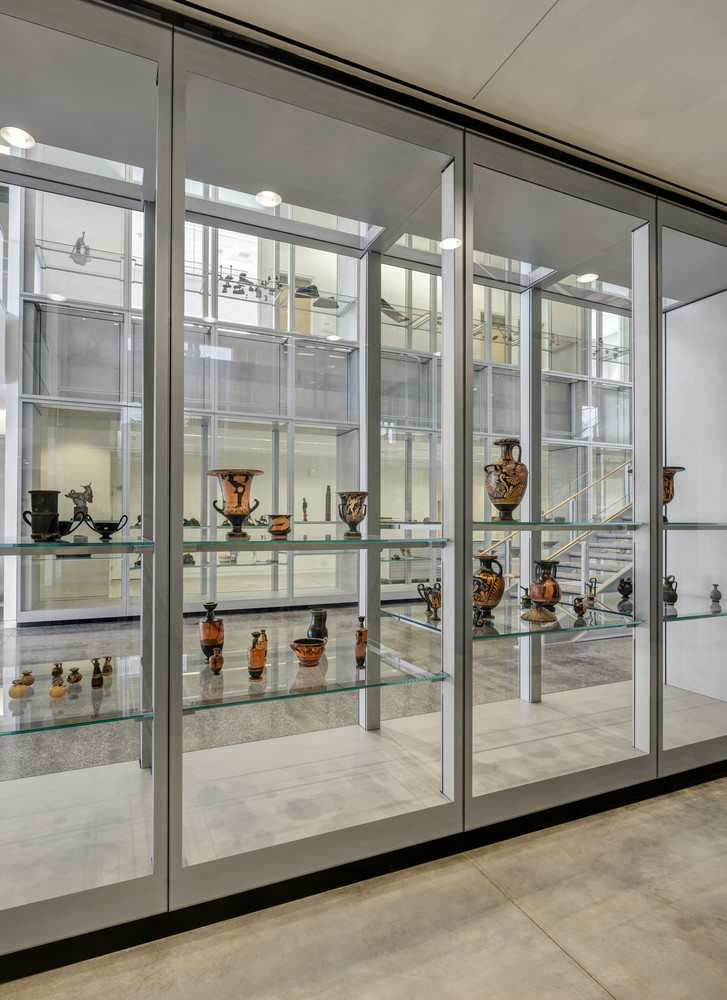

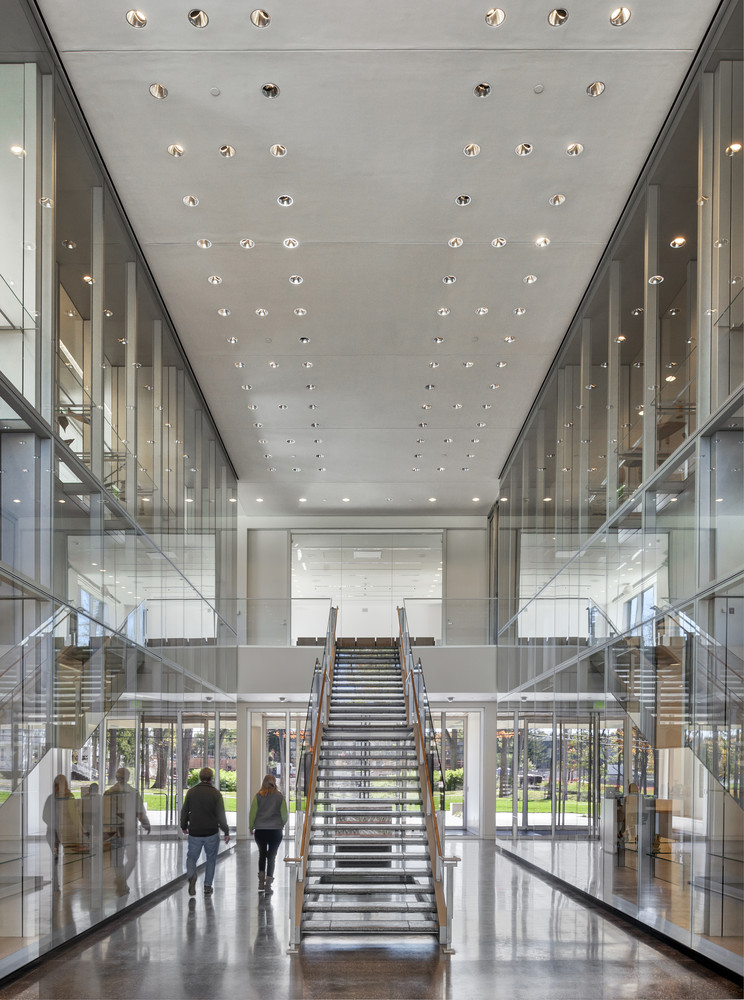
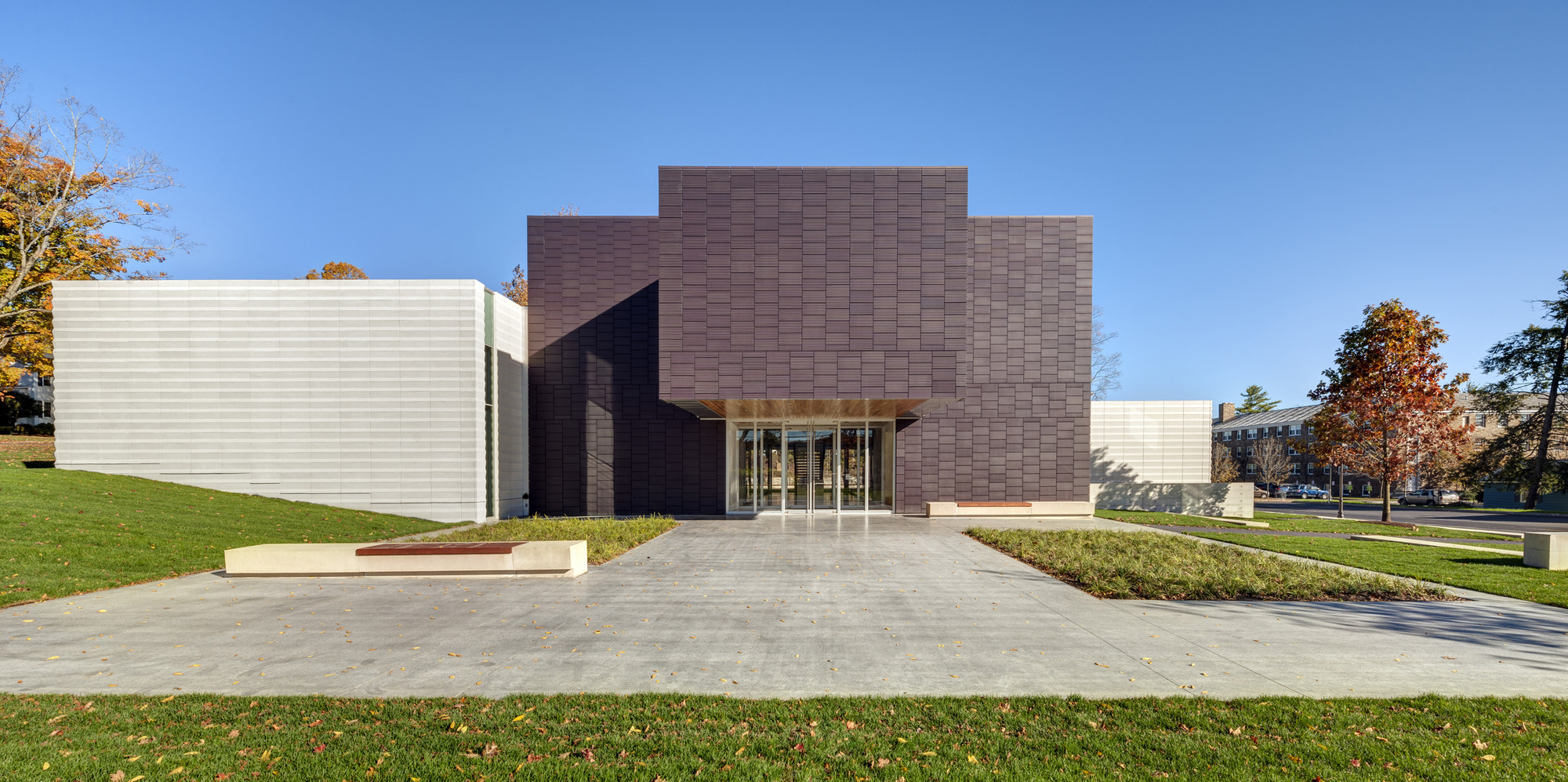
Bibliography
- Adler, Tracy L. “Director’s Welcome.” Last modified 2023, https://www.hamilton.edu/wellin/about/directors-welcome.
- Ariese, Csilla E., and Magdalena Wróblewska. “Increasing Inclusivity.” In Practicing Decoloniality in Museums: A Guide with Global Examples, 37–50. Amsterdam: Amsterdam University Press, 2022. https://doi.org/10.2307/j.ctv23dx2pf.5.
- Berlo, Janet Catherine, Ruth B. Phillips, Carol Duncan, Donald Preziosi, Danielle Rice, and Anne Rorimer. “The Problematics of Collecting and Display, Part 1.” The Art Bulletin 77, no. 1 (1995): 6–24. https://doi.org/10.2307/3046076.
- Burnham, Rika, and Elliott Kai-Kee. “The Art of Teaching in the Museum.” The Journal of Aesthetic Education 39, no. 1 (2005): 65-76. doi:10.1353/jae.2005.0001.
- Chapman, H. Perry, Frits Scholten, and Joanna Woodall. “The Politics of Display.” Nederlands Kunsthistorisch Jaarboek (NKJ) / Netherlands Yearbook for History of Art 65 (2015): 6–21. http://www.jstor.org/stable/43884378.
- Dallas Museum of Art. “speechless—different by design.” Dallas Museum of Art, Accessed May 1, 2023. https://speechless.dma.org/experience/.
- Dimaggio, Paul, and Michael Useem. “Social Class and Arts Consumption: The Origins and Consequences of Class Differences in Exposure to the Arts in America.” Theory and Society 5, no. 2 (1978): 141–61. http://www.jstor.org/stable/656694.
- Franks, Pamela. “A Twenty-First-Century Teaching Museum: The Expanded Yale University Art Gallery.” Yale University Art Gallery Bulletin, 2013, 22–37. http://www.jstor.org/stable/23612139.
- Freundlich, August L. “The Teaching Museum.” Art Education 18, no. 2 (1965): 18–20. https://doi.org/10.2307/3190677.
- Hamilton College. “Wellin Strategic Plan 2018-2023.” Accessed April 1, 2023. https://www.hamilton.edu/documents/Wellin_Strategic%20Plan_webACCESSIBLE.pdf.
- Høffding, Simon, Mette Rung, and Tone Roald. “Participation and Receptivity in the Art Museum – A Phenomenological Exposition.” Curator: The Museum Journal 63, no. 1 (January 1, 2020): 69–81. https://doi.org/10.1111/cura.12344.
- Koolhaas, Rem, ed. Salvatore Settis, Anna Anguissola, and Davide Gasparotto. “The Socle and the Vitrine.” Serial / Portable Classic: The Greek Canon and Its Mutations. Milan: Fondazione Prada, 2015.
- O’Doherty, Brian. Inside the White Cube: The Ideology of the Gallery Space. San Francisco: The Lapis Press, 1986.
- “The Wellin Museum of Art at Hamilton College.” Machado Silvetti. Accessed April 1, 2023. http://www.machado-silvetti.com/PORTFOLIO/wellin/index.php.

